Mike34, I've seen many posts like your recent one- asking about a particular pot and how to figure out the volume size (yours was how many gallons your pot was to be able plant your larger tomato in) and I must say I have struggled for years with the same issue.
For 40 years I've grown most of my vegetables in pots of all shapes and sizes aquired second hand from a landscaper friend.
First I learned to NEVER trust what the pot says on the pot label, or on the pot itself or even from the manufacturer of that pot (I've looked them up on the web to try and determine the real volume sizes).
What they call a 5 gallon for example could be endless different sizes, bigger on top, smaller on bottom, 'squat' pots, tall pots and the like... no standard that I can see.
The pots I've bought at the big box stores and wallyworld have labels on them that are obviously totally wrong as to volume size (usually marked in qts).
The largest part of the problem seems to be that the volume measurements are figured in liquid gallons, which is fine if you are wondering how many gallons of water your pot would hold. But you need to know how many DRY gallons of soil/mix it holds.
To give you an example- the ubiquitous and popular 5 gallon bucket ( I love em... grow my smaller cukes, peas, small tomatoes, chinese cabbage etc in them)- when you calculate for DRY volume is really only 4.29 gallons. That would be filled to the brim with soil, so it's actually a little less since the soil line is always a few inches down, probably closer to 4.25 gallons.
A 5 gallon bucket filled with 4.25 DRY gallons is also about... 1,142 cubic inches or 0.66 cubic ft or 0.024 cubic yards or 17.16 DRY quarts or about 79 cups. It is also almost 1/2 of a bushel- (handy to know when using the bucket for mixing soil mix/fertilizer etc in bulk).
I've listed below all the conversions I have in my garden notebooks, that I hope might help.
1 dry gallon = 4 dry quarts
1 dry gallon = 4.65 liquid quarts or 1.163 liquid gallons
1 dry gallon = 268.8 cu inches
1 dry gallon = 0.155 of a cu ft
1 dry gallon = 0.125 of a bushel, (1 bushel= 8.25 dry gal)
1 dry gallon = 18.61 cups (1 liquid gal= 16 cups)
Cubic measurements take all three dimensions into consideration - width, length and height. Let's say you have a garden bed you want to buy or mix soil for. The bed is to be 2 foot deep, 16 feet long and 4 feet wide. That's 2 x 16, x 4 = 128 cubic feet.
There are 27 cubic feet in a cubic yard. Just divide the number of cubic feet (128 in the example of the above bed) by 27 to arrive at the number of cubic yards of material you need to fill the bed- in this case about 4 and 3/4 yards.
Filling a pot is the same process, just smaller amounts of material and different equations. For a square or rectangular pot find the cubic inches by multiplying the length by the width by the depth of the pot. That will equal the cubic inches in the pot.
Let's say the pot is 14 inches long by 9 inches wide by 8 inches deep. 14x9x8= 1,008 cu in. Divide that 1,108 cubic inches by 268.8 (the number of cubic inches in a dry gallon) and it will equal about a 3 and 3/4 DRY gallon capacity for that pot.
1 cubic foot = 6.42 dry gallons, (7.48 liquid gallons), or 25.71 dry quarts or 119.68 cups
1 cubic foot = 1,728 cubic inches (To convert cubic feet into cubic inches, you would multiply by 1,728.)
(Multiply cubic inches by 0.0005787 to get cubic feet.)
(Multiply cubic feet by 1.2 to get bushels.)
(Multiply bushels by 0.8 to get cubic feet.)
1 cubic yard = 27 cubic feet or 46,656 cubic inches. (Multiply cubic inches by 0.00002143 to get cubic yards.)
(Multiply bushels by 0.04545 to get cubic yards.)
I saw the following short question/answer a while ago-it shows just one reason to figure in DRY gallons when calculating for the garden-
"I went out to the farmers Co Op the other day and bought a 32 gallon garbage can of rabbit manure. They charged me $2.00 stating that the 32 gallons was 1/4 of a cubic yard which sells for $8.00 per yard, thus the $2.00. I was wondering about the math. How many gallons are in a cubic yard? Answer= 27(cubic feet in 1 cubic yard) times 1,728 (cubic inches in 1 cubic foot) tells us that there are 46,656 cubic inches in one cubic yard. Using DRY measure and dividing 46,656 cubic inches in a cubic yard by 268.8 cubic inches in a dry gallon, we get 173.57 dry U.S. gallons in a cubic yard. Divide that by four, and you get 43.39 gallons in 1/4 cubic yard. Looks to me like you were shorted 11.39 gallons."
Mike34- figuring out the volume of round pots is different than the equation above for a square or rectangular one. Both the formulas that Tapla & Justaguy gave you to figure out your volume based on your pot dimensions of 14" diameter at the base, 19" diameter at the top, and 17" height, will work fine, but I figure only up to the point that each used liquid measurements in the calculations.
for justaguy's- he said....
"The formula I use is a little different than Al's. It is also less precise, but should get you close.
The primary difference is this formula doesn't take the smallest and largest radius, it uses the average radius.
The formula is R^2 * Pi * H / 1728 = Volume (cu ft).
So 14 at the bottom and 19 at the top D (diameter)=(14+19)/2 or 16.5. R then is 8.25.
R^2(68.0625) *Pi (3.14) *H (17) /1728= 2.1 cu ft.
There are 7.5 gallons in a cubic foot so 2.1 * 7.5= 15.75 gallons."
So, Justaguy used the 7.5 LIQUID gallons in a cubic foot, multiplied by the 2.1 cubic feet from the above equation, to calculate that your pot would be a 15.75 gallon pot.
But if you multiply that same 2.1 cubic feet by the 6.428 DRY gallons in a cubic foot, the pot would hold only 13.49 (let's say 13 and 1/2) gallons of dry soil/ mix/ fertilizer etc..
Tapla figured it in a different way.. coming up with 3,663.84 cubic inches of volume based on a different (and more accurate but tougher) equation. He divided those 3,663.84 cubic inches by the 231 cubic inches in a LIQUID gallon and calculated your pot to be a 15.86 gallon pot.
But again, if you divide those 3,662.84 cubic inches by the 268.8 cubic inches in one DRY gallon, the pot would hold 13.62 gallons of dry soil mix. (Again let's just call it 13 and one-half gallons.)
When all is said and done, is your 13 and one-half gallon pot big enough for your large tomato? Many posts here say no and many say yes. It all depends on your conditions, fertilizing, water, stress (the tomato's stress, not yours) the variety of tomato etc.
It's hard to judge by someone else's success or failure based on pot size. And, whenever I read in a book or see on a college or state extension service site that a plant needs a certain minimum gallon size to grow well, are THEY talking of a wet or dry gallon pot?
I currently have baby cucumbers on 4 foot vines, tendrils wrapped through the window screens as they climb all over my screened porch, and they are still in their original tiny 6 packs.
You get the picture. Forgive me if I've made a late night error in transcribing these figures.
I sure hope this helps.
Rebecca
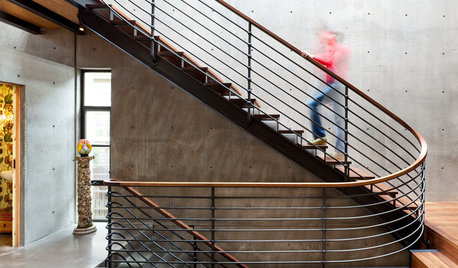
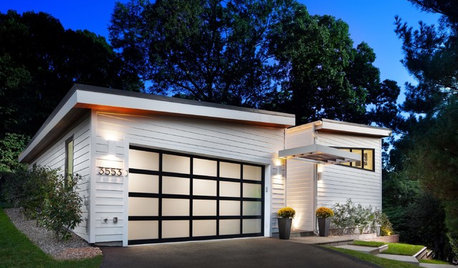
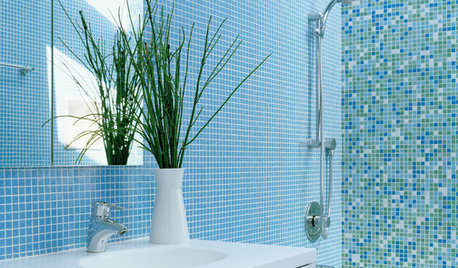




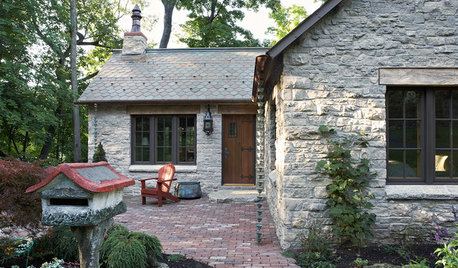

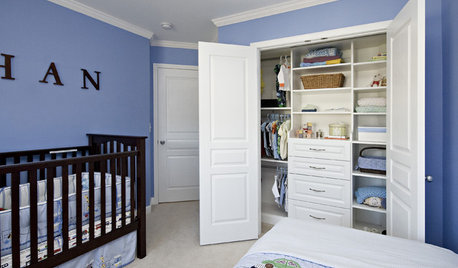





tapla (mid-Michigan, USDA z5b-6a)
ronalawn82
Related Discussions
How Much Fruit Do You Get From Your Fruit Trees In Containers?
Q
What do you use for labels on your containers?
Q
Some of My Gritty Mix Containers are Wet on Top and Bone Dry on Bottom
Q
How Often Are You Watering Your Containers with 5-1-1 Mix?
Q
reba_growsOriginal Author
itsclearlyjeff_gmail_com